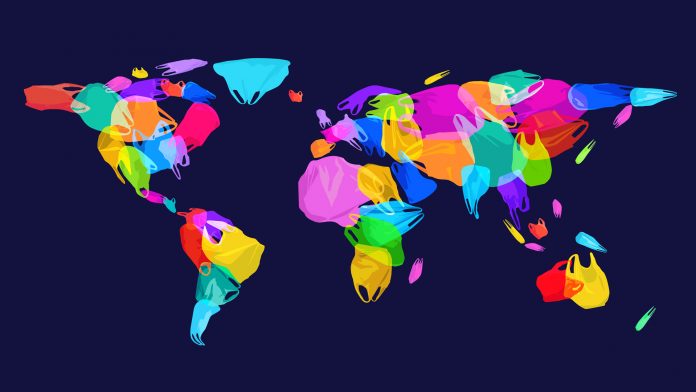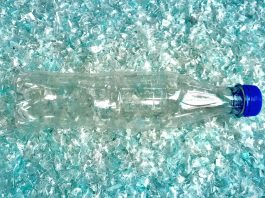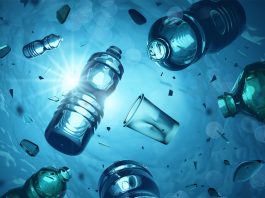As the negative impact of plastic pollution continues, manufacturers have the responsibility to switch to sustainable plastics to protect both their consumers and the environment.
Recently, the rate of innovation in plastics has soared. However, concerns about cost has led many manufacturers to continue to use non-sustainable plastics like polypropylene, polystyrene, polycarbonate, polyethylene, and polyester. The recent rise in plastic use for COVID-19 personal protective equipment (PPE), could leave our environment with irreparable damage if we do not offset this essential waste by rethinking the plastics that we use in other industries.
A new report, published by the University of Exeter, UK, explains why sustainable plastics are essential to the future of our environment. The report calls for urgent research on the impacts that plastic has on the living world across its lifecycle. Exeter researchers demand that plastics are monitored from the carbon footprint of their factories to the impact it has when discarded into the natural world as waste.
There are many benefits to switching from plastics to their sustainable alternatives, such as government incentives, reduced environmental impact, and increased food safety.
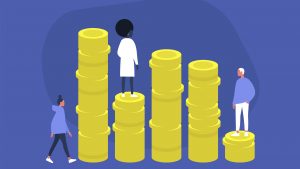
Government sustainability incentives and penalties
In January 2020, the UK Government announced the launch of their Sustainable Plastic Packaging Challenge. This new £60m investment seeks to dramatically reduce plastic waste by 2025. Funding will be given to projects that aim to make the UK a leader in smart and sustainable plastic packaging. Innovate UK, part of UK Research and Innovation, has access to £37m from the fund to invest in demonstrators and early-stage projects investigating ways to reduce, reuse or recycle plastic packaging.
In addition to funding sustainable innovators the UK Government has announced, at Budget 2018, that from April 2022 it will introduce a world-leading new tax on the production and import of plastic packaging with less than 30% recycled content, subject to consultation. The consultation outlines the government’s proposal for how the tax will work, including information about setting the tax rate.
According to a paper recently published in Frontiers of Environmental Science & Engineering, the impact of government incentives and penalties are threefold: ‘First, an increase in incentives or in penalties increases the probability that collectors and recyclers will participate in the recycling process. Second, policy support incentives encourage collectors and recyclers to participate in plastic waste recycling earlier than subsidy incentives do. Finally, recyclers are more sensitive than collectors to government-imposed penalties.’
The European Commission’s Organisation for Economic Co-operation and Development (OCED), promotes the use of extended producer responsibility (EPR) policies. These policies often encourage separate collection of plastic products to permit cost-effective re-use, or higher rates of recycling or materials recovery.
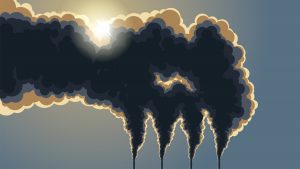
Ensuring sustainable supply chains
There are two main types of plastics, synthetic and biobased. Synthetic plastic, which is the most common type of plastic, is made from crude oil, natural gas, or coal. Sustainable biobased plastics come from renewable products such as carbohydrates, starch, vegetable fats and oils, bacteria, and other biological substances. Because synthetic plastics are made from finite resources, we will eventually run out of their raw materials. From a commercial perspective, it is important to find an alternative to traditional synthetic plastics in order to secure supply chains.
There is no universally agreed date for when fossil fuel will run out. However, many scientists predict that, based on the quantity of fuels we are using today, supplies will be depleted by 2060. New reserves may be found prior to this date, extending the deadline somewhat. Although, if we are to limit global warming to ‘relatively’ safe levels by 2050, 80% of coal, 50% of gas and 30% of oil reserves must be labelled ‘unburnable’.
The continued use of fossil fuels will have health implications, many of which will be caused by the extraction of fossil fuels. According to a report by the Union of Concerned Scientists, the extraction of these fossil fuels can also generate air and water pollution, and harm local communities.

The risks that plastics pose to human health
Surface mines for coal extraction emit toxic chemicals that enter the air and ground water supplies. Currently, there are no federal regulations in the US to restrict coal dust emission. According to the US Center for Disease Control (CDC), exposure to coal dust and particulates has long been linked to high rates of respiratory diseases and lung cancer. There has also been extensive research linking coal to birth defects found in those born near mountaintop mines.
In addition to coal mining, the use of fracking can also be damaging to the health of humans. Fracking, a process of drilling into the earth to release the gas inside, has the potential to contaminate both surface water and groundwater. Chemicals used in the natural gas extraction process and stored in open-air waste pits are hazardous to the lungs, liver, kidneys, blood, and brain.
The traditional lifecycle of plastics often ends at sea or at landfill. Although many countries recycle their plastics, this recycling is often sent to a less economically developed countries where it is put in landfill. A recent study conducted by Greenpeace found that the UK exported over 88,000 tonnes of plastic scrap to Malaysia, more than a quarter of the UK’s total plastic scrap exports, a large quantity of which went to landfill. Once this plastic is released into the environment it can degrade into microplastics.
There is concern that microplastics could have adverse health effects on humans. As microplastics are often found in the ocean, they are ingested by small fish and move through the food chain emitting chemicals and pollutants into the bodies of the consumer. According to a paper published in Science of the Total Environment, ‘the estimated intake of microplastics through fish consumption ranged from 518 to 3078 microplastic items/year/capita.’

Protecting marine biodiversity
The effects of ingesting plastics is taking a toll on ocean biodiversity. According to the report in Science of the Total Environment, ‘microplastics are found in almost all marine and freshwater environment. Ecotoxicological effects enumerated included mortality, reproductive impairment, neurotoxicity, biotransformation of enzymes, genotoxicity, physical effects, behavioural effects, oxidative stress and damage, cytotoxicity, blood/haemolymph effects and increased accumulation of other contaminants.’
Globally more than 200 species are known to be affected by marine debris including whales, seals, seabirds, turtles, crabs, sharks, and other fish. These animals are not only harmed by microplastics, but they can also get caught in plastic debris, such as plastic bottles, carrier bags, and discarded fishing lines.
Entanglement is significant threat to the wellbeing of marine species, with up to 40,000 fur seals being killed each year when they get tangled in debris, contributing to a population decline of up to 6% per year.
Make the switch now
From biodegradable polymers to silk-based packaging, there has never been a better time to adopt a sustainable plastic approach. According to a market report published by European Bioplastics, ‘the global bioplastics production capacity is set to increase from around 2.05m tonnes in 2017 to approximately 2.44m tonnes in 2022. Packaging remains the largest field of application for bioplastics with almost 60% (1.2 million tonnes) of the total bioplastics market in 2017.
‘The data also confirms that bioplastics materials are already being used in many other sectors, including textiles, consumer goods and applications in the automotive and transport sector and the agriculture and horticulture sector.’

